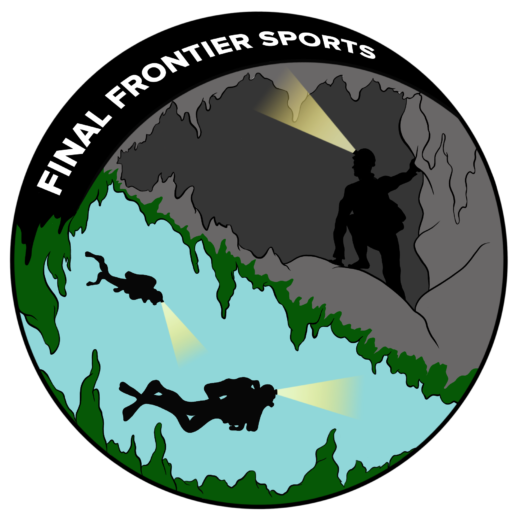Lost in a Cave: applying graph theory to cave exploration
$24.99
Written by Richard L Breisch
Copyright 2011
First Edition, January 2012
298 pages, softbound
Available on backorder
Lost in a Cave:
applying graph theory to cave exploration
The goal of this book is to offer advice about three topics related to being lost in a cave:
- How to avoid becoming lost
- What to do if you become lost
- How to organize a search for a person lost in a cave.
There are two different ways to approach each of these topics-one theoretical and the other practical.
Those wishing to learn about avoiding becoming lost in a cave, what to do if lost in a cave, or how to search for a lost person will find pertinent material throughout the book. A cave explorer who wishes to learn from the experiences of others will concentrate on the first two chapters and then check the final chapter for additional advice.
Graph theory has been used to describe or model objects in many fields. In this book we model the structure of the cave passages using a graph. Graph theory is employed to describe various methods one might use if one is lost in a cave. It is used to describe how a group of rescuers can search for a person lost in a cave. Some readers may be interested only in graph theory and not cave exploration. Chapters 3 through 6 will be of most interest to them. These chapters also contain exercises that the reader can use to check his understanding of the concepts that were presented.





